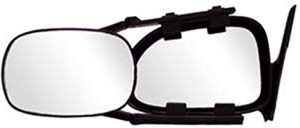-
Welcome to Tacoma World!
You are currently viewing as a guest! To get full-access, you need to register for a FREE account.
As a registered member, you’ll be able to:- Participate in all Tacoma discussion topics
- Communicate privately with other Tacoma owners from around the world
- Post your own photos in our Members Gallery
- Access all special features of the site
V6 Tow Package mandatory TRD Off Road?
Discussion in '3rd Gen. Tacomas (2016-2023)' started by Ripple, Sep 25, 2015.
Page 4 of 4
Page 4 of 4


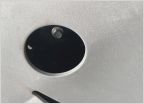 1st Oil Change Yesterday. Pan plug washer glued on?
1st Oil Change Yesterday. Pan plug washer glued on?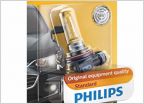 2019 SR5 Dim Headlamp Solution
2019 SR5 Dim Headlamp Solution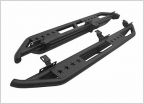 2017 side step options.
2017 side step options.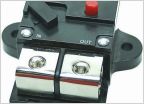 Best Dash Cam For Off Roading? Need Advice!
Best Dash Cam For Off Roading? Need Advice! Step bars
Step bars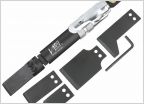 Crush washer stuck
Crush washer stuck





















